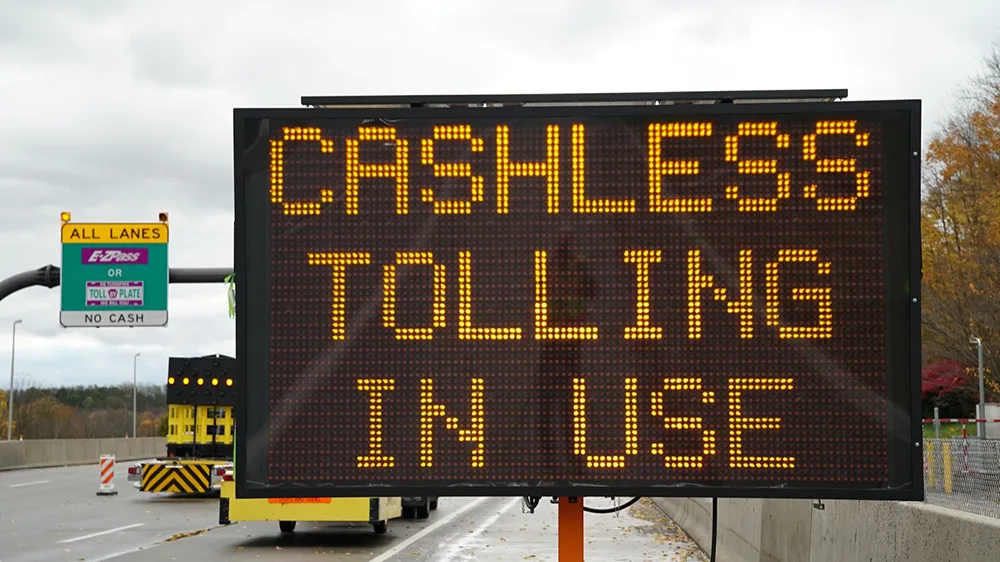The P86 glass bead gun is extremely easy to use and maintain. It is equipped with a hardened steel closing piston which is adjustable with a screw to finely and precisely increase or decrease the flow of glass beads, without changing the nozzle diameter. It is also fed easily with glass beads from a pressurised tank. The P86 is also equipped with an adjustable diffuser for orientation and width, that enables it to spread the glass beads equally over a wide line, of up to 20 or 30cm (7.9 or 11.8inch) depending the model of diffuser.
The diffuser, which has a stiffening plate in tungsten carbide to increase its lifetime, can be equipped with a glass bead sensor to avoid having a line without glass beads. This sensor is connected to an electronic device, which manages the gun, for glass beads and paint, in action and the alarms.
Kamber states that the P86 is the most economical solution on the market for standard road marking requirements.
New glass bead gun from Kamber
Kamber, an internationally recognised company in the field of road marking, will use Intertraffic Amsterdam 2018, to highlight a new glass bead gun. The company says the new device, the Model P86, is born out of requirements, feedback, and the expectations of existing customers.
February 22, 2018
Read time: 2 mins










